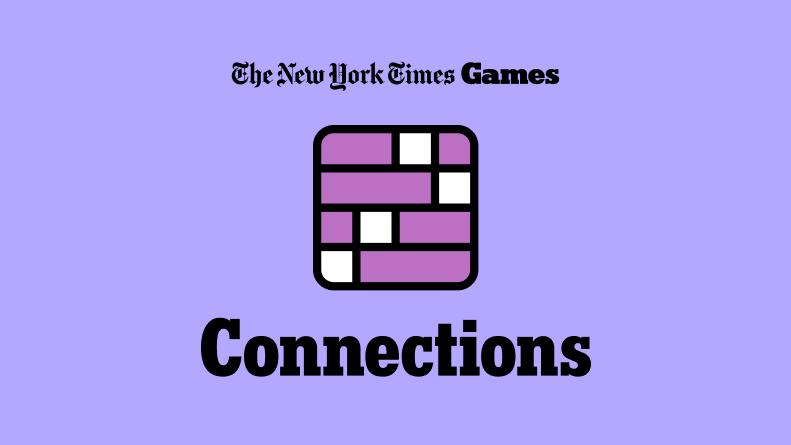Five minutes to twelve:
For companies that want to modernize in the AI era – and to be frank, that’s almost every company – there are a lot of questions.
People want to know what these kinds of projects will look like, how to center on something that will converge well, and how to target those broader ideas to a specific enterprise and use case.
It’s not a one-size-fits-all solution – what works for one business might not work for another.
As I’ve been hearing a lot from accomplished executives and innovators who have been dealing with these questions, I’ve seen some basic principles crop up time again. Some of these can put a company on a path towards success in integrating AI.
Three Knowledge Points
Let me start out with three knowledge principles that address migration to AI systems.
The first one is knowing your customer – understanding who is using your company’s products and services, and how to use AI to serve them better.
There are all kinds of ways to do this, and we’ll get to some of them a little later – the basic idea is to build a knowledge base of customers and how they operate. That includes their pain points, shopping preferences, core missions, and their attitudes about technology as well.
The second is knowing your interface. Most business now takes place in a digital ecosystem in some way, shape or form. So the design of your user interface is important. UX/UI knowledge is a key part of this process. Companies have to experiment and put things together, and see what works.
The third knowledge principal here is to know the tools. The better you know how LLMs can be applied to business, the better you can brainstorm how to apply them to your business.
Timelines for Change in Business
Now I want to go over a few ideas that came from a recent panel at an Imagination in Action event in April. We had a number of experienced panelists talking about how all of this works for companies.
Zero to One
This first point is a little more about collaboration than time, per se.
Dan Slagen of Tomorrow.io talked about how the company‘s marketing team pioneered an AI project and then brought the results to the rest of the business.
“Once the company realized what marketing was doing, and the success we were having, they then asked the marketing department, ‘hey, can you guys go to all the other departments and try and take them from zero to one?’” Slagen said. “’Go work with the finance team, and the product team, and the people in the HR team, and just help them start to think about the systems they could put into place.”
So if your company takes this approach, in terms of timelines, you’ll be uploading the AI processes to one department first in a kind of pilot test, and then adopting a one-to-many mindset to evolve the rest of the business.
Catching Up
Panelist Karen Stroup of Wex said that the technology tends to move so fast that companies get left behind.
“I think right now we’re at an interesting inflection point where the technology is far outpacing the cultural change and the adoption of the workforce,” she said. “So the technology is evolving every six months. It in general, takes six years for cultures to evolve. And so the technology is outpacing all of us and our human behavior. … our approach is to experiment. …. What do you want to learn? How quickly do you learn it?”
She talked about the use of two-week sprints to address this challenge, and get people up to speed to keep up with the pace of technology.
Three Clocks
I found this visualization by panelist Vladimir Jacimovic of Algoverde.ai to be absolutely compelling.
He described it as the “3 clocks” issue:
The first clock is the pace of the technologies, which is basically immediate – measured in the seconds that it takes for LLMs to return results, or for the AI to accomplish some task.
Then there’s the human timeline that’s measured in hours and days. We have a 40-hour work week, and we parcel out our productivity to fit that.
The third clock is the corporation’s clock, which is measured in quarters and years. That’s where people are assessing things from a birds-eye view and looking at everything at a broader level, and it’s a much slower and longer timeline.
Additional Insights
Coming back to the idea of knowing your customer, Jacimovic, and panelist Ron Farmer of Nissan, suggested that you can build AI focus groups with synthetic customers (AI personas) and this will tell you a lot about how to move forward with your business.
There was a lot more in this panel, and you can watch the video to get some of the other insights about business transformation.
But to me, applying these timelines and thinking about knowledge and interface design are key markers in the path toward successful AI adoption.








